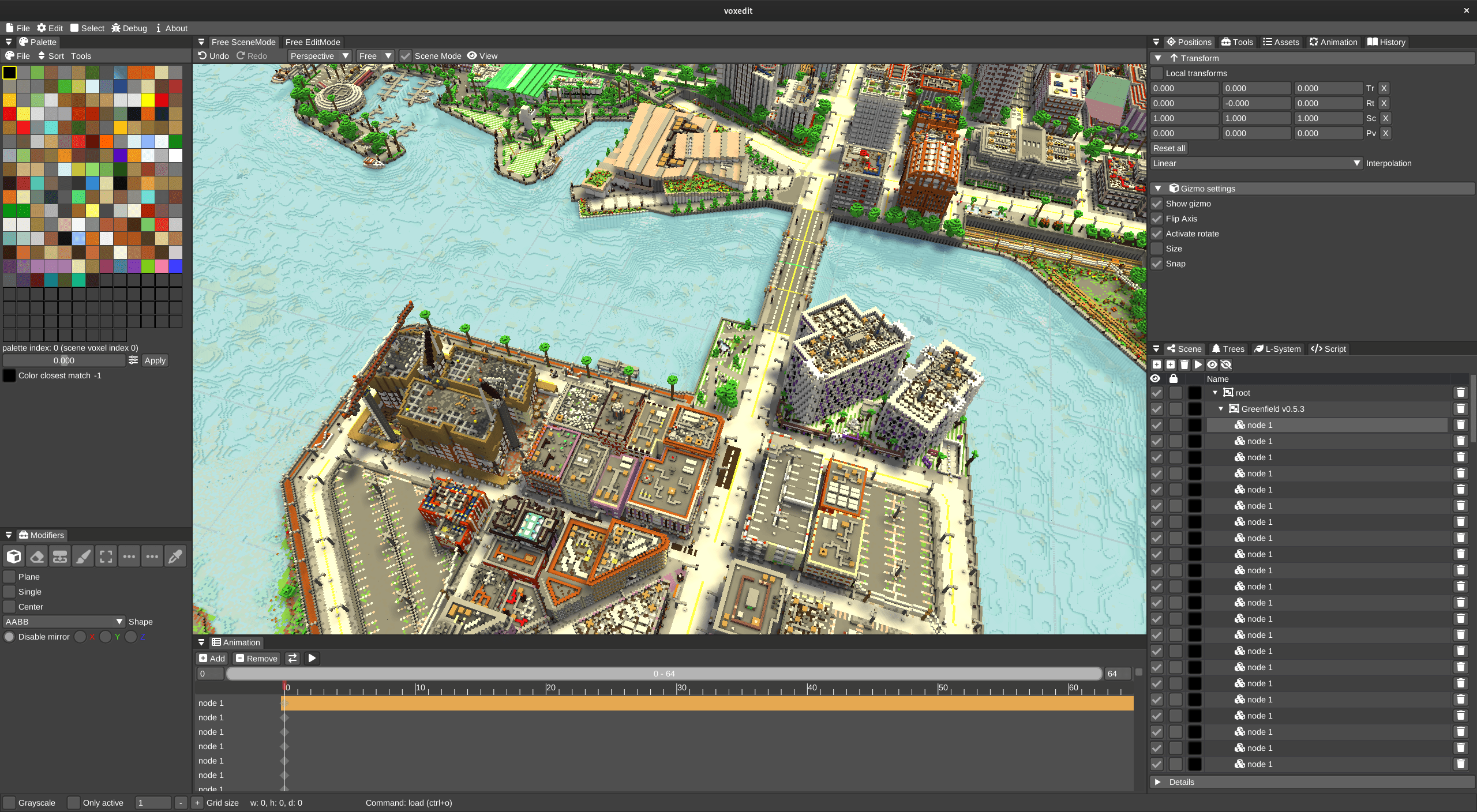The mission: Create a free, open-source and multi-platform voxel editor and command line tools with animation support to support artists and developers.
Join our discord server and get help or support the development with feature request or bug reports.
Download your copy here from github and find documentation about how to use it here.
There is an online version of voxedit available to test the editor without having to install it. But this is not the most recent version.
If you encounter a bug or have a feature request, please let me know (via discord or ticket on github).
Please consider donating to help to continue the work on this project. See the sponsor button.
- KUVARS LLC & ARIVA DIGITAL PTE. LTD
PVS-Studio - static analyzer for C, C++, C#, and Java code.

























